How to grow gooseberries: What to plant, how to look after them, and best ways to enjoy the harvest
Mark Diacono explains everything you need to know about gooseberries, the fruit 'that's really two fruits in one'.
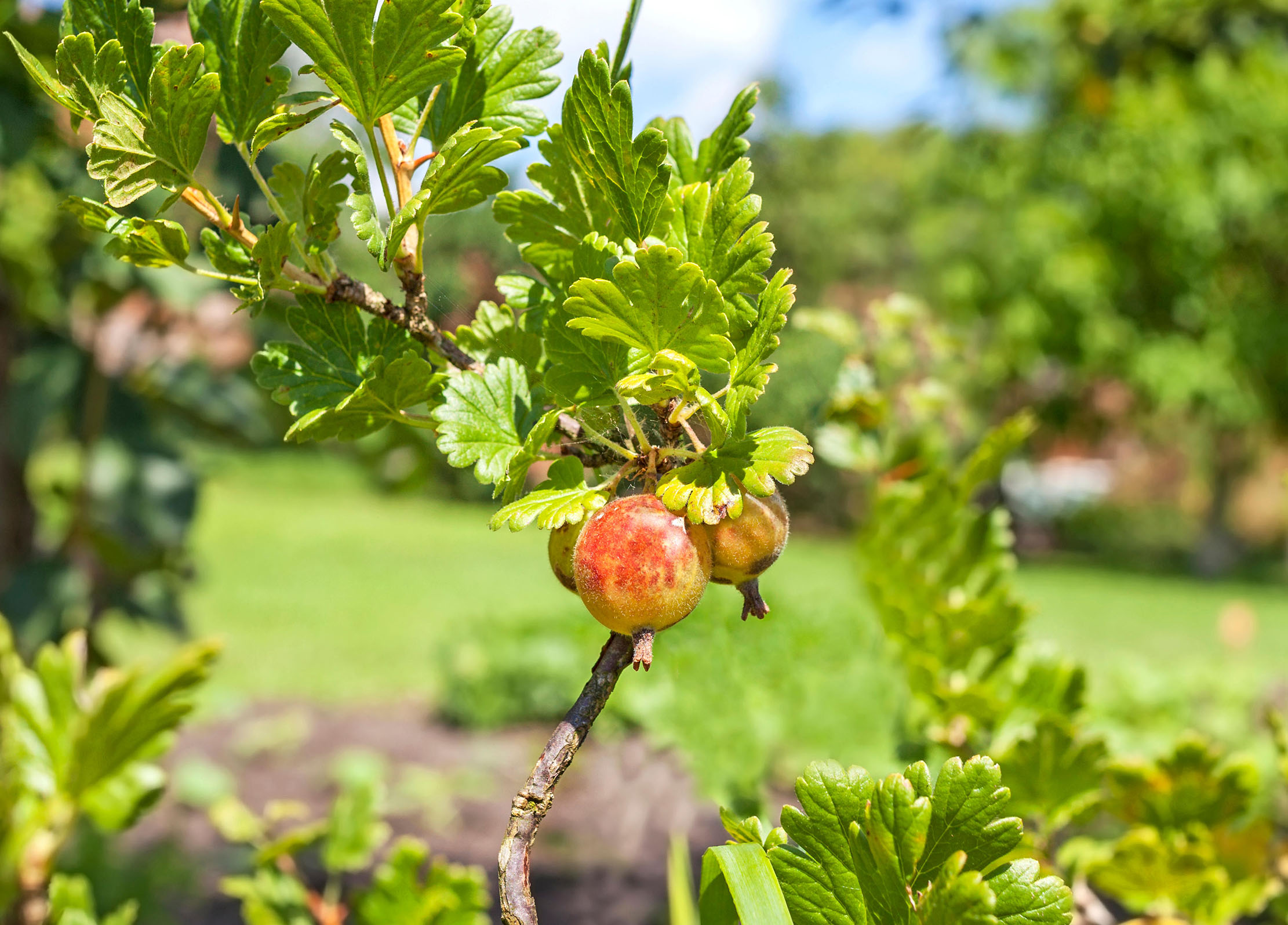

When I was at school, there was little worse than being a gooseberry. There to stop anyone feeling embarrassed, you soon became surplus to requirements if things were going swimmingly. The most plausible origin of this peculiar phrase is that it stems from the chaperone using the excuse of picking gooseberries near the potential lovebirds as they walked around the spring garden. This gooseberry scenario I can live with.
My fondness for gooseberries is magnified by their arrival as spring thinks about summer, when few other fruit are in season. To me, the start of gooseberry season encapsulates being in this country at a particular time of year as much as blackberries, wild garlic and strawberries do.
I know that, when I’m picking those first sharp fruit, the heady perfume of the elderflower will have just replaced the school-crayon scent of cow parsley in the hedges and field margins, the swifts will be screeching and, in normal years, the first Test matches of the summer will be being played.
As with other sharp fruit, we don’t eat as many gooseberries as once we did. Our gooseberry enthusiasm led to dozens of horti-cultural shows dedicated to them and, in the mid 1800s, more than 400 cultivars were recorded; now, there is only a handful of shows and varieties available, but, for those who grow and eat them, the enthusiasm remains.
Gooseberries are really two fruits in one. Picking half of the early, deliciously sour berries as spring gives way to summer catches the elderflower peak with which they pair so perfectly: gooseberries and elderflower syrup or a fool with both flavours shout early June at me every time I taste them.
"Gooseberries are like that scratchy old relative who — spiky as they may be — responds well to being treated nicely"
This first harvest also directs the plant’s energies at those gooseberries that remain. A month later, the rest can be enjoyed juicy, more tender and sweet straight from the bush.
I suspect our increasingly sweet tooth is the primary reason we eat fewer gooseberries these days, but if you have ever topped-and-tailed a basketful of fruit for a family lunch, you’ll know how monotonous life can be. If preparing for a few of you, it’s not an issue, but if I have a glut or a crowd to cater for, I put the berries into a large pan as they are, with only half an inch of water to prevent them sticking.
Sign up for the Country Life Newsletter
Exquisite houses, the beauty of Nature, and how to get the most from your life, straight to your inbox.
Cooked slowly over a gentle heat, they gradually collapse and, once cooled a little, pushing them through a sieve removes the tops and tails. The sharp puree is a perfect base for ice cream, crumble, compote, sorbet, cocktails (top with fizz!) or whatever you fancy. Simply sweeten to suit. Gooseberries freeze well, too: freezing them on a tray and then bagging up stops them sticking together.
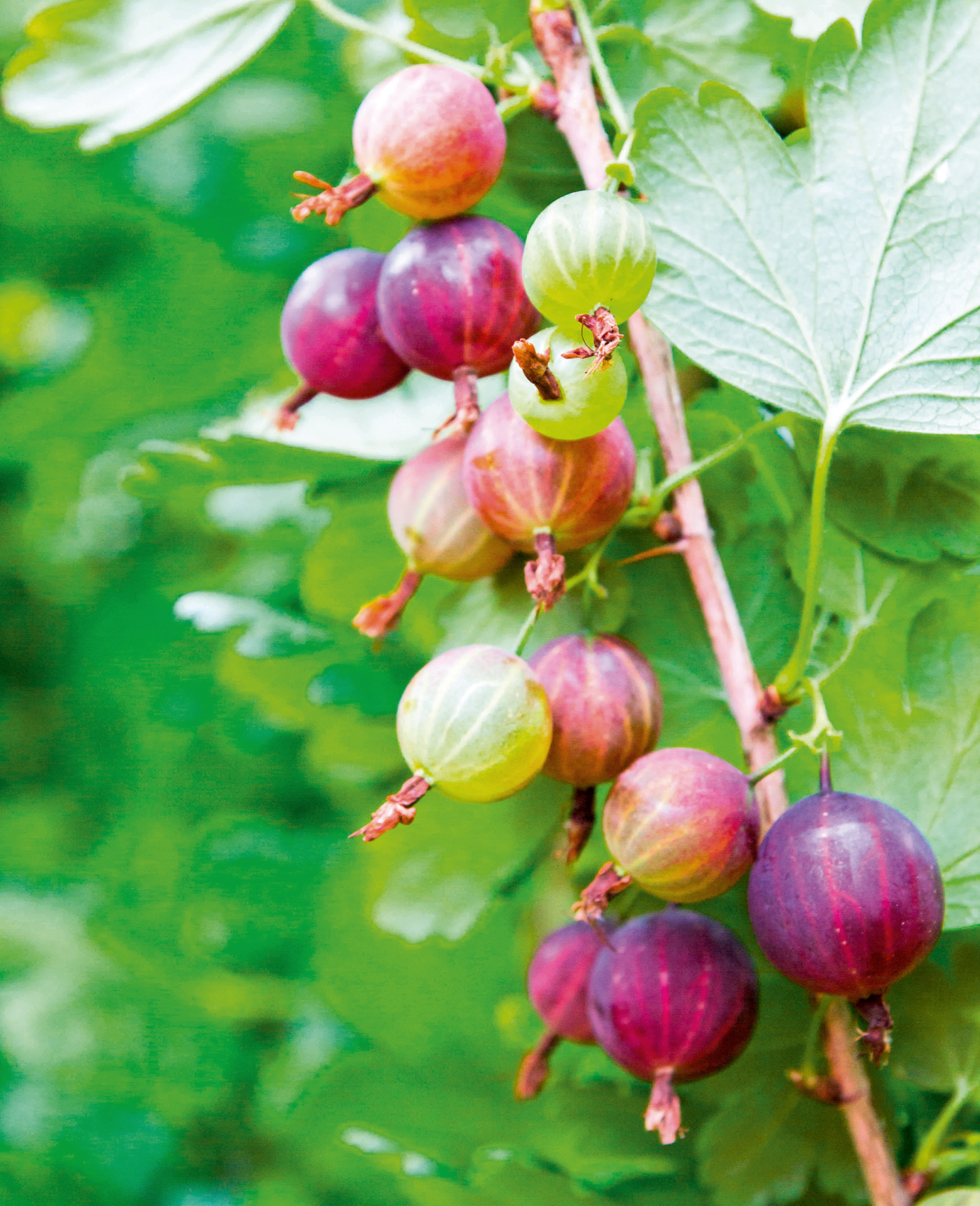
This autumn, I’m going to plant a couple of uncommon varieties to add to the gooseberries I already have, partly as I’m curious about their flavour and because I’d like to contribute to keeping genetic and flavour diversity going.
At the moment, I grow four varieties: two green — Careless and Hinnonmaki Green — and two pink/purple berries — Hinnonmaki Red and Xenia. I’d recommend these colourful varieties, which offer an endearing combination of being large-fruited, high-yielding, delicious and with good disease resistance. If you have space to expand, or limited space so you have to choose, I’d recommend you consider a jostaberry and a worcesterberry.
Jostaberries are a thornless, delicious, prolific, trouble-free cross between a gooseberry and a blackcurrant; worcesterberries are a distinct species, with fruit like dark, mini gooseberries that taste much more of gooseberry than blackcurrant.
Gooseberries are simple enough to take care of. They’re like that scratchy old relative who — spiky as they may be — responds well to being treated nicely: sun, shelter and well-drained soil combine to maximise their productivity.
Gooseberries suffer from two nuisances: American mildew and sawfly. To minimise the likelihood of mildew occurring, choose one of many superb, disease-resistant varieties and/or prune to a goblet shape with an open centre for maximum air circulation. A high-potassium feed through spring and summer — as near to fortnightly as you remember — helps, too. Sawfly caterpillars are easy to spot and pick off or, if you prefer, there is a widely available and effective biological control that can be watered on.
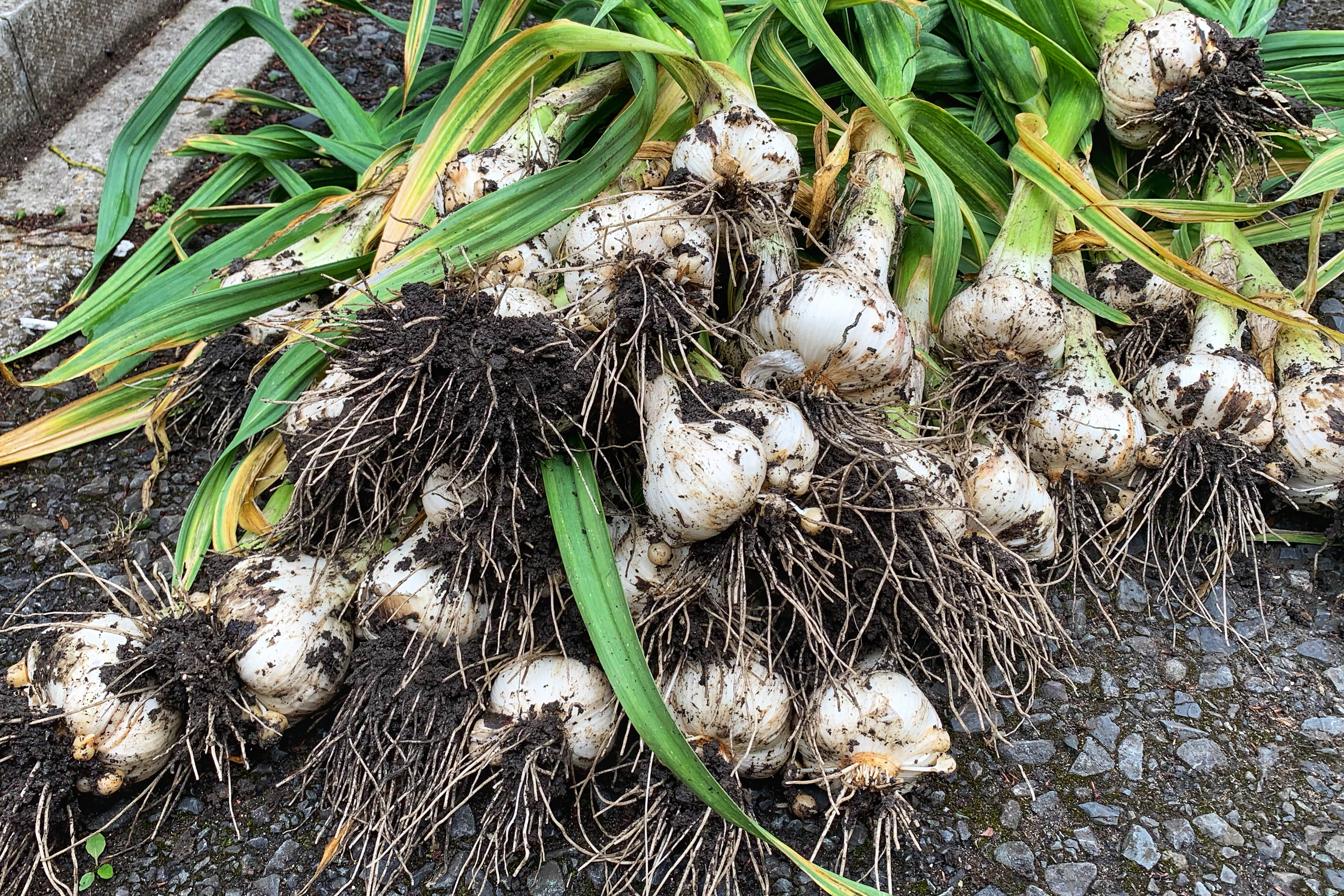
Credit: Getty Images
How to grow garlic: Delicious, lucky and superbly easy to cultivate
Mark Diacono teaches us how to grow garlic.
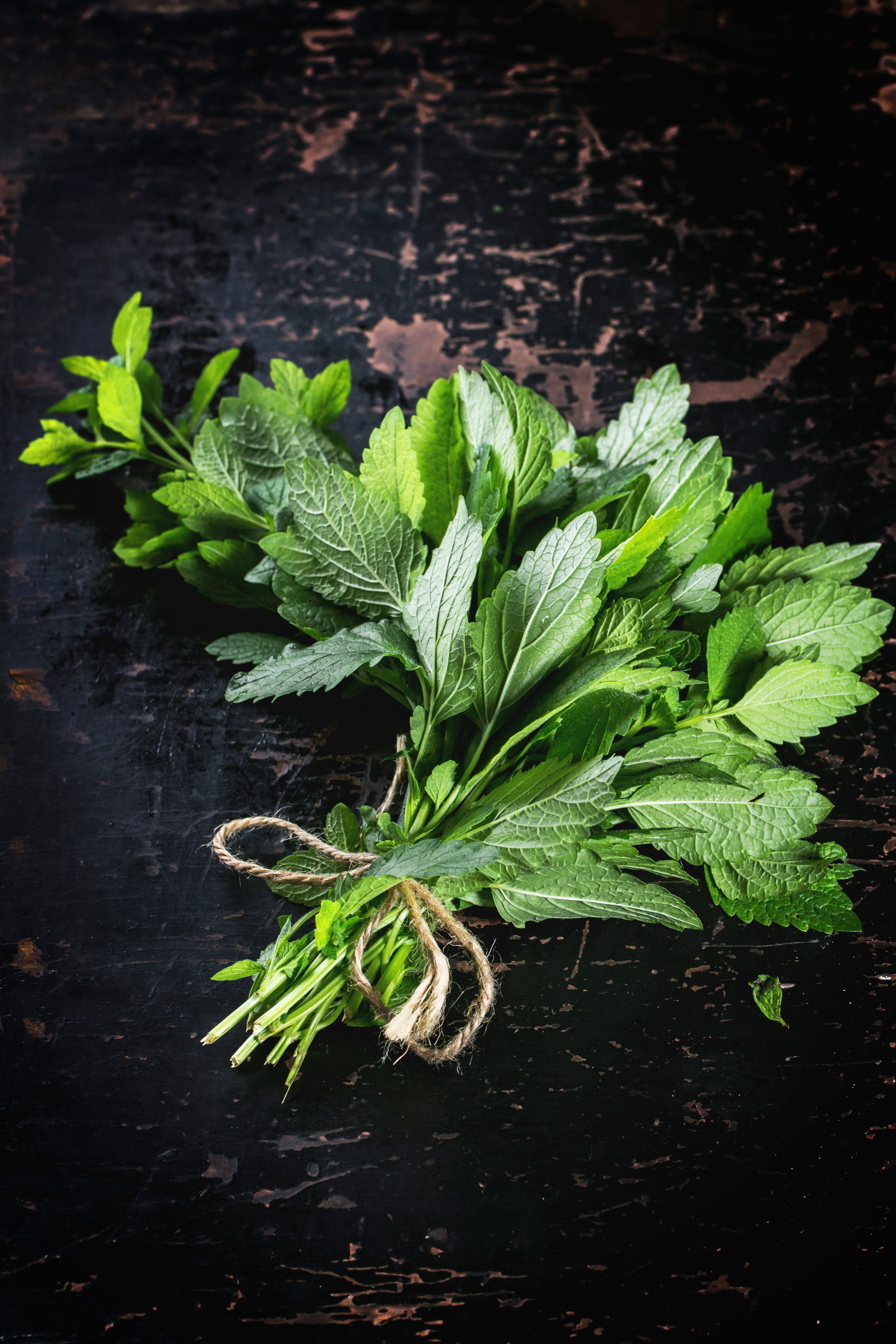
Credit: Alamy
Cultivating mint: What varietals to plant, where to plant them and whether they should be used for jelly or juleps
Mark Diacono explains why mint is for even the incurably incompetent horticultural enthusiast.
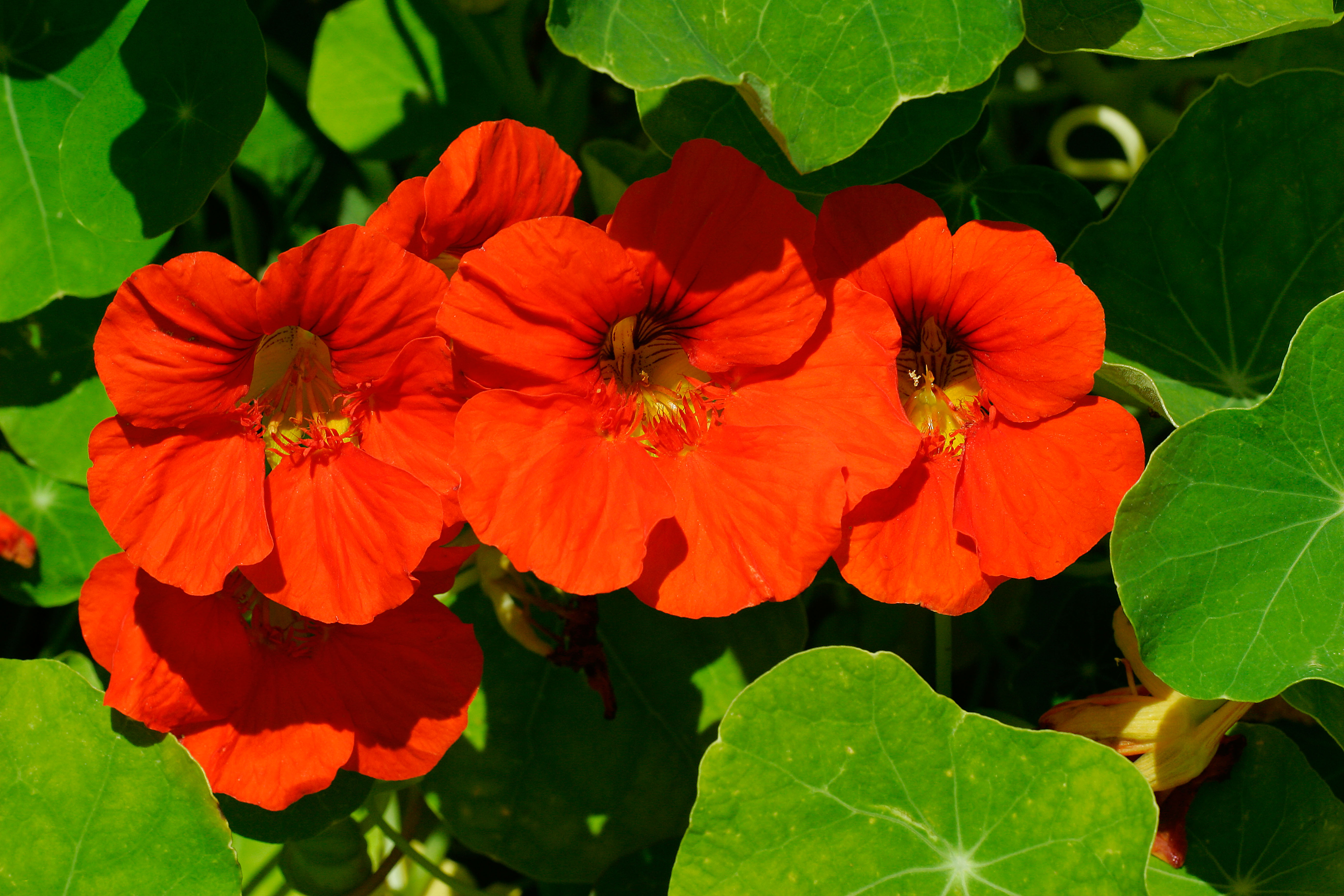
Credit: Alamy
The top salad leaves to grow in your garden for summer garnishes
Mark Diacono tells us his top salads to plant to accompany barbecues this summer season.
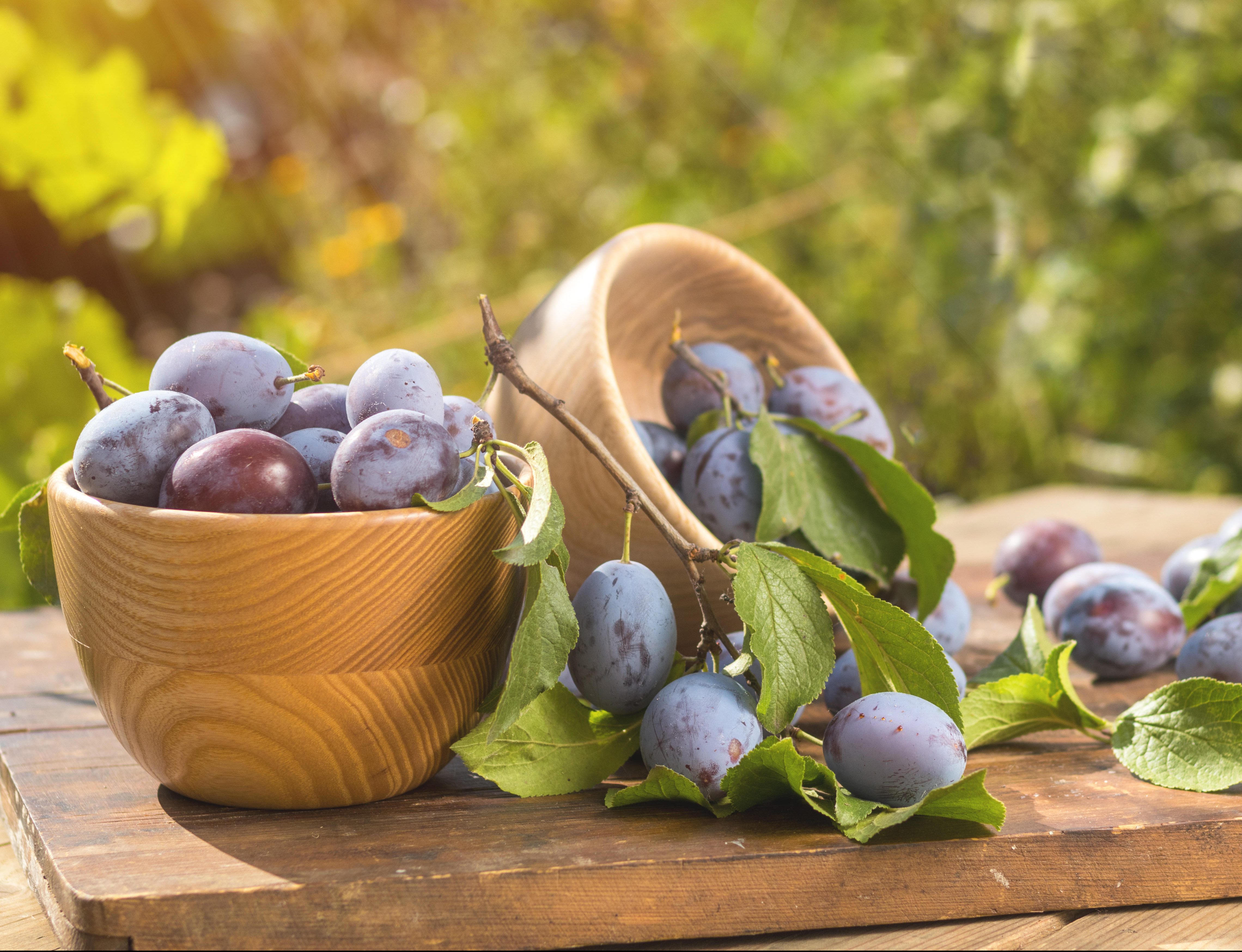
Plums to grow, plums to show, and plums to pop in your gin
Mark Diacono picks his favourite plums — and their close relatives, damsons, mirabelles, bullaces and gages.
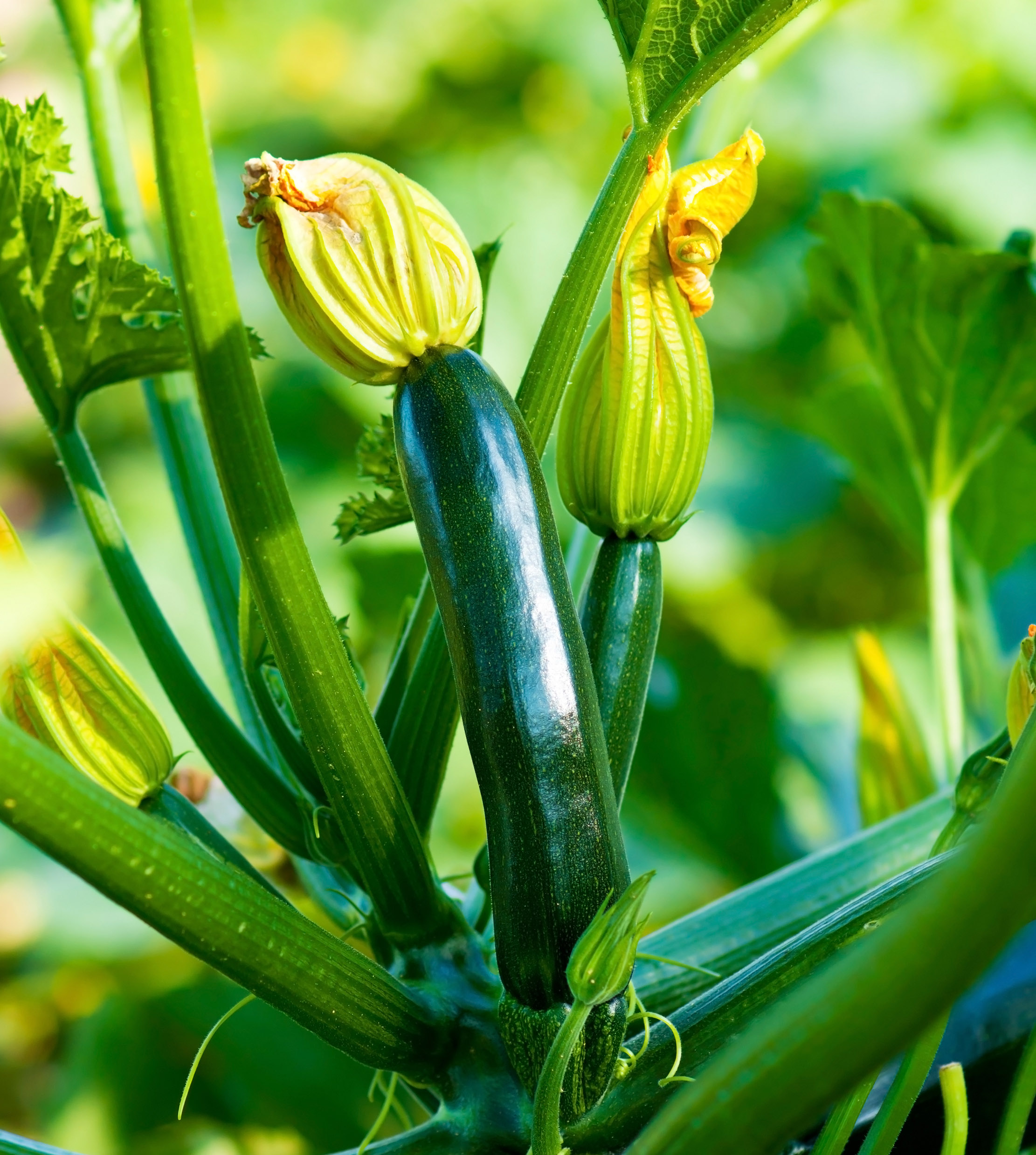
Credit: Getty Images/iStockphoto
Grow your own courgettes: What to plant, when to plant it... and why size really does matter
Mark Diacono shares his tips on the surprisingly simple yet hugely rewarding art of growing courgettes.
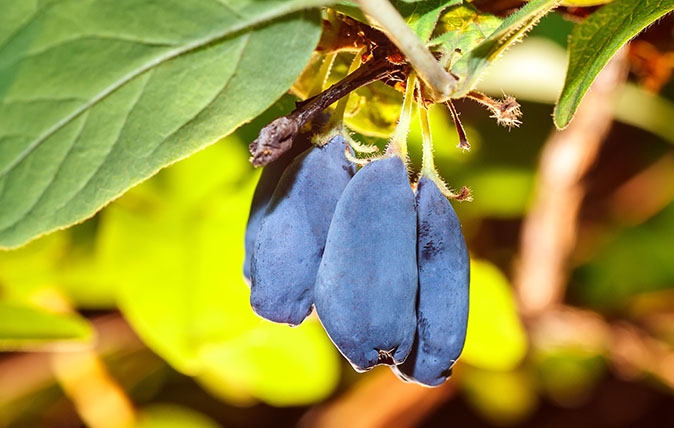
How to enjoy home-grown berries for seven months of the year
Mark Diacono offers us some berry good advice for enjoying our breakfast favourites, whatever the season.
Mark is lucky enough to spend most of his time eating, growing, writing and talking about food. He has written fourteen award-winning books, including A Year at Otter Farm and A Taste of the Unexpected (both won Food Book of the Year, and Garden Book of the Year). Known for growing everything from Szechuan pepper to pecans to Asian pears, Mark's refreshing approach to growing and eating has done much to inspire a new generation to grow some of what they eat. He was involved in the early days of River Cottage, appearing in the TV series, and writing four River Cottage books. Mark writes to a global audience on his best-selling Substack: Mark Diacono’s Abundance.
-
 The Business Class product that spawned a generation of knock-offs: What it’s like to fly in Qatar Airways’ Qsuite cabin
The Business Class product that spawned a generation of knock-offs: What it’s like to fly in Qatar Airways’ Qsuite cabinQatar Airways’ Qsuite cabin has been setting the standard for Business Class travel since it was introduced in 2017.
By Rosie Paterson
-
 Six of the best Clematis montanas that every garden needs
Six of the best Clematis montanas that every garden needsClematis montana is easy to grow and look after, and is considered by some to be 'the most graceful and floriferous of all'.
By Charles Quest-Ritson